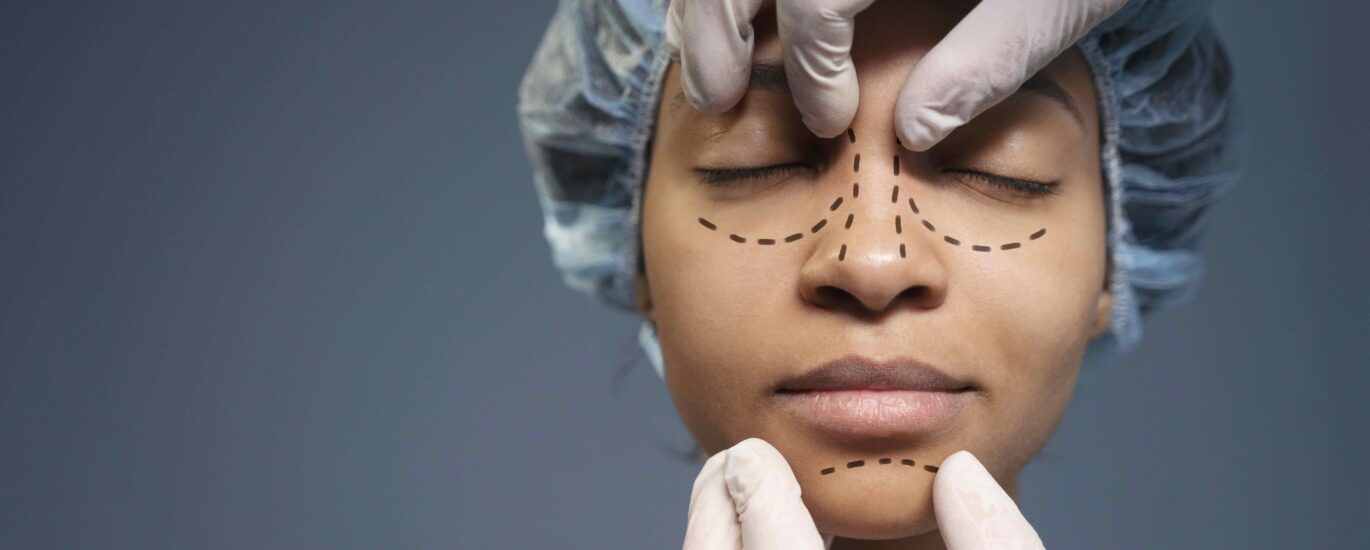Oculoplasty, or oculoplastic surgery, is a specialized branch of ophthalmology that focuses on the treatment of the eyelids, tear ducts, orbit (the bony cavity around the eye), and the surrounding facial structures. It combines the precision of eye surgery with the aesthetic considerations of plastic surgery, aiming to improve both function and appearance. In this blog post, we’ll explore the various aspects of oculoplasty, common procedures, advancements in the field, and the benefits for patients.
What is Oculoplasty?
Oculoplasty addresses a variety of conditions, including congenital abnormalities, trauma, tumors, and age-related changes. The goal is to restore normal function, enhance appearance, and improve the quality of life for patients.
Common Oculoplastic Procedures
Blepharoplasty (Eyelid Surgery)
Upper Blepharoplasty: Removal of excess skin and fat from the upper eyelids to improve vision and appearance.
Lower Blepharoplasty: Reduction of puffiness and wrinkles in the lower eyelids to create a more youthful look.
Benefits: Enhanced visual field, improved eye comfort, and aesthetic rejuvenation.
Ptosis Surgery
Procedure: Corrects drooping of the upper eyelid (ptosis) by tightening the muscles responsible for lifting the eyelid.
Benefits: Restores normal eyelid position, improves vision, and enhances facial symmetry.
Ectropion and Entropion Repair
Ectropion: Correction of outward-turning eyelids that can cause dryness, irritation, and exposure-related damage.
Entropion: Correction of inward-turning eyelids that can lead to eyelashes rubbing against the cornea, causing pain and damage.
Benefits: Alleviates discomfort, prevents eye damage, and restores normal eyelid function.
Tear Duct Surgery (Dacryocystorhinostomy)
Procedure: Creates a new drainage pathway for tears to bypass a blocked tear duct.
Benefits: Reduces chronic tearing and infection, improving comfort and eye health.
Orbital Surgery
Applications: Treats conditions such as orbital fractures, tumors, and Graves’ disease.
Benefits: Restores normal function and appearance, relieves pain, and prevents vision loss.
Botox and Fillers
Botox: Used to treat eyelid spasms (blepharospasm) and to reduce wrinkles around the eyes.
Fillers: Injected to restore volume and smooth out wrinkles around the eyes.
Benefits: Minimally invasive, quick recovery, and aesthetic enhancement.
Benefits of Oculoplasty
Functional Improvement
Vision Enhancement: Procedures like blepharoplasty and ptosis repair can significantly improve vision by removing obstructions.
Symptom Relief: Repairs of ectropion and entropion relieve discomfort and prevent damage to the eye surface.
Aesthetic Enhancement
Youthful Appearance: Cosmetic procedures can rejuvenate the eye area, reducing signs of aging.
Facial Symmetry: Oculoplastic surgeries can restore symmetry and balance to facial features.
Psychological Benefits
Increased Confidence: Improved appearance and eye function can boost self-esteem and confidence.
Quality of Life: Enhanced vision and comfort contribute to overall well-being and daily functioning.
Conclusion
Oculoplasty is a dynamic and evolving field that addresses both the functional and aesthetic needs of patients with eye and facial conditions. Advances in surgical techniques and technologies have greatly improved outcomes, making these procedures more effective and accessible. Whether for medical or cosmetic reasons, oculoplasty offers significant benefits, helping patients see better, look better, and feel better.




